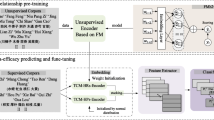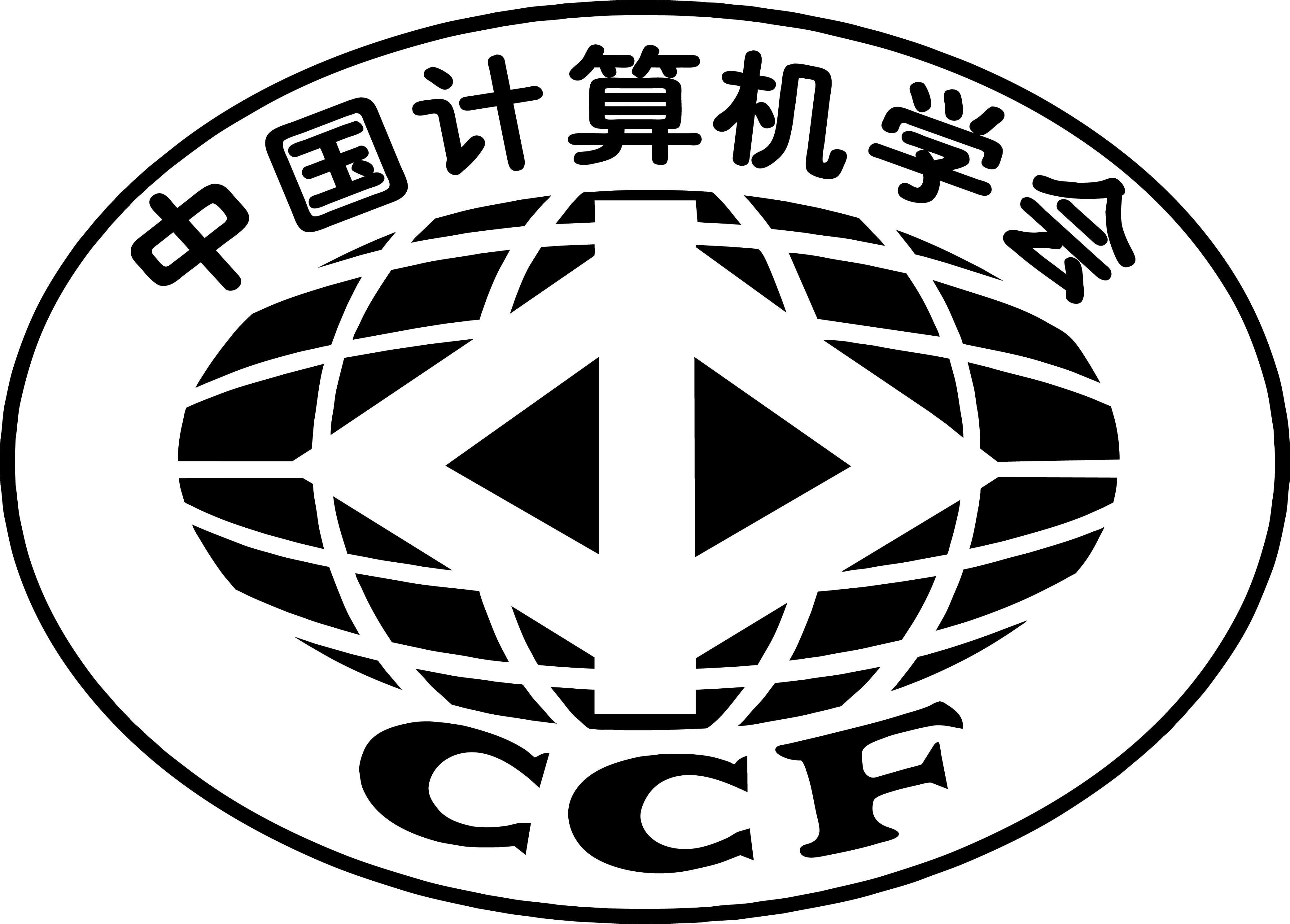Abstract
Traditional Chinese Medicine prescriptions are regarded as an important resource that brings together the treatment experience and wisdom of doctors of all ages. Effectively sorting out and excavating them, especially combining with their functional indications and medication rules, can improve clinical efficacy and new drug research and development. Because the classification system of prescriptions is not completely unified, the data of Chinese patent medicines, national standard formulae and the seventh editions of Chinese formula textbooks are manually integrated, and a quadrat data set containing 21 efficacy classifications is constructed. Since on the text description of prescription information (prescription name, composition, indications and efficacy) in the data set, a variety of deep learning text classification models are used to automatically judge prescription classification, so as to establish an efficient and accurate classification model, and finally construct a prescription efficacy classification data set. The experimental results show that the pre-trained Bert-CNN model has the best effect, with the accuracy rate of 77.87%, and the weighted accuracy rate, weighted recall rate and weighted F1 value of 79.46%, 77.87% and 77.44%, respectively. This study provides a useful reference for further realizing the automatic information processing of ancient formulas.
Supported by the National Natural Science Foundation of China (82174534, 61772249), and the Fundamental Research Funds for the Central Public Welfare Research Institutes (ZZ160311).
Access this chapter
Tax calculation will be finalised at checkout
Purchases are for personal use only
Similar content being viewed by others
References
Yan, Z., Bo, G., Meng, C.: Design and implementation of the analysis system of TCM prescription. China J. Tradit. Chin. Med. Pharm. 29(5), 1543–1546 (2014)
Cui, Y., Gao, B., Liu, L., Liu, J., Zhu, Y.: AMFormulaS: an intelligent retrieval system for traditional Chinese medicine formulas. BMC Med. Inform. Decis. Mak. 21-S(2), 56 (2021). https://doi.org/10.1186/s12911-021-01419-8
Yan, Z., Bo, G., Meng, C.: Statistical analysis on phenomenon of homonym and synonym of Chinese materia medica. China J. Tradit. Chin. Med. Pharm. 30(12), 4422–4425 (2015)
Deshan, G., Wenyu, L., Bingzhu, Z., Xingguang, M.: Application of named entity recognition in the recognition of words for Chinese traditional medicines and Chinese medicine formulae. Chin. Pharmac. Affairs (2019)
Yan, Z., Ling, Z., Jun-Hui, W., Meng, C.: An efficient approach of acquiring knowledge from ancient prescriptions and medicines based on information extraction. China J. Tradit. Chin. Med. Pharm. 30(5), 316–321 (2015)
Administration N H S, China M O H R a S S O T P S R O. Medicine catalogue of national basic medical insurance. Work-Related Injury Insurance and Maternity Insurance (2020). 2020-12-28 [2022-03-02]
Medicine N a O T C. Coding rules for Chinese medicinal formulae and their codes: GB/T 31773-2015. China Quality and Standards Publishing, Beijing (2015)
Zuo, Y., Li, Z.: Prescriptions of Chinese materia medica. China Press of Traditional Chinese Medicine (2021)
Xiao, L., Wang, G., Liu, Y.: Patent text classification based on naive Bayesian method. In: 11th International Symposium on Computational Intelligence and Design, ISCID 2018, Hangzhou, China, 8–9 December 2018, vol. 1, pp. 57–60. IEEE (2018). https://doi.org/10.1109/ISCID.2018.00020
Xia, H., Min, T., Yi, W.: Sentiment text classification of customers reviews on the Web based on SVM. In: International Conference on Natural Computation. IEEE (2010). https://doi.org/10.1109/ICNC.2010.5584077
Cañete-Sifuentes, L., Monroy, R., Medina-Pérez, M.A.: A review and experimental comparison of multivariate decision trees. IEEE Access 9, 110451–110479 (2021). https://doi.org/10.1109/ACCESS.2021.3102239
Yang, Z., Yang, D., Dyer, C., He, X., Smola, A.J., Hovy, E.H.: Hierarchical attention networks for document classification (2016). https://doi.org/10.18653/v1/n16-1174
Devlin, J., Chang, M., Lee, K., Toutanova, K.: BERT: pre-training of deep bidirectional transformers for language understanding. CoRR abs/1810.04805 (2018). http://arxiv.org/abs/1810.04805
Nagwani, N.K., Sharaff, A.: SMS spam filtering and thread identification using bi-level text classification and clustering techniques. J. Inf. Sci. 43(1), 75–87 (2017). https://doi.org/10.1177/0165551515616310
Hai-Bing, M.A., Jiu-Yang, B.I., Xin-Shun, G.: Applications of text classification in network public opinion system. Inf. Sci. 33(05), 97–101 (2015)
Kapusta, J., Drlík, M., Munk, M.: Using of N-grams from morphological tags for fake news classification. PeerJ Comput. Sci. 7, e624 (2021). https://doi.org/10.7717/peerj-cs.624
Yu, H., Pan, X., Zhao, D., Wen, Y., Yuan, X.: A hybrid model for spatio-temporal information recognition in COVID-19 trajectory text. In: Zhao, X., Yang, S., Wang, X., Li, J. (eds.) WISA 2022. LNCS, vol. 13579, pp. 267–279. Springer, Cham (2022). https://doi.org/10.1007/978-3-031-20309-1_23
Li, X., Cui, M., Li, J., Bai, R., Lu, Z., Aickelin, U.: A hybrid medical text classification framework: Integrating attentive rule construction and neural network. Neurocomputing 443, 345–355 (2021). https://doi.org/10.1016/j.neucom.2021.02.069
Prabhakar, S.K., Won, D.: Medical text classification using hybrid deep learning models with multihead attention. Comput. Intell. Neurosci. 2021, 9425655:1–9425655:16 (2021). https://doi.org/10.1155/2021/9425655
Cui, M., Bai, R., Lu, Z., Li, X., Aickelin, U., Ge, P.: Regular expression based medical text classification using constructive heuristic approach. IEEE Access 7, 147892–147904 (2019). https://doi.org/10.1109/ACCESS.2019.2946622
Zheng, C., Wang, X., Wang, T., et al.: Multi-label classification for medical text based on ALBERT-TextCNN model. J. Shandong Univ. (Sci. Edn.) 57(04), 21–29 (2022)
Li, Q., Liao, W.: Biomedical text classification model based on attention mechanism. Chin. J. Med. Phys. 39(04), 518–523 (2022)
Zhou, F., Jin, L., Dong, J.: Review of convolutional neural network. Chin. J. Comput. 40(6), 23 (2017)
Kim, Y.: Convolutional neural networks for sentence classification. (2014). https://doi.org/10.3115/v1/d14-1181
Yang, L., Wu, Y., Wamg, J., Liu, Y.: Research on recurrent neural network. J. Comput. Appl. 38(A02), 7 (2018)
Liu, P., Qiu, X., Huang, X.: Recurrent neural network for text classification with multi-task learning (2016)
Lai, S., Xu, L., Liu, K., Zhao, J.: Recurrent convolutional neural networks for text classification. In: National Conference on Artificial Intelligence (2015)
Zhou, P., Shi, W., Tian, J., Qi, Z., Xu, B.: Attention-based bidirectional long short-term memory networks for relation classification. In: Proceedings of the 54th Annual Meeting of the Association for Computational Linguistics (2016)
Acknowledgements
This work is supported by the National Natural Science Foundation of China (82174534, 61772249), and the Fundamental Research Funds for the Central Public Welfare Research Institutes (ZZ160311).
Author information
Authors and Affiliations
Corresponding author
Editor information
Editors and Affiliations
Rights and permissions
Copyright information
© 2023 The Author(s), under exclusive license to Springer Nature Singapore Pte Ltd.
About this paper
Cite this paper
Ren, Q., Li, K., Yang, D., Zhu, Y., Yao, K., Meng, X. (2023). TCM Function Multi-classification Approach Using Deep Learning Models. In: Yuan, L., Yang, S., Li, R., Kanoulas, E., Zhao, X. (eds) Web Information Systems and Applications. WISA 2023. Lecture Notes in Computer Science, vol 14094. Springer, Singapore. https://doi.org/10.1007/978-981-99-6222-8_21
Download citation
DOI: https://doi.org/10.1007/978-981-99-6222-8_21
Published:
Publisher Name: Springer, Singapore
Print ISBN: 978-981-99-6221-1
Online ISBN: 978-981-99-6222-8
eBook Packages: Computer ScienceComputer Science (R0)






